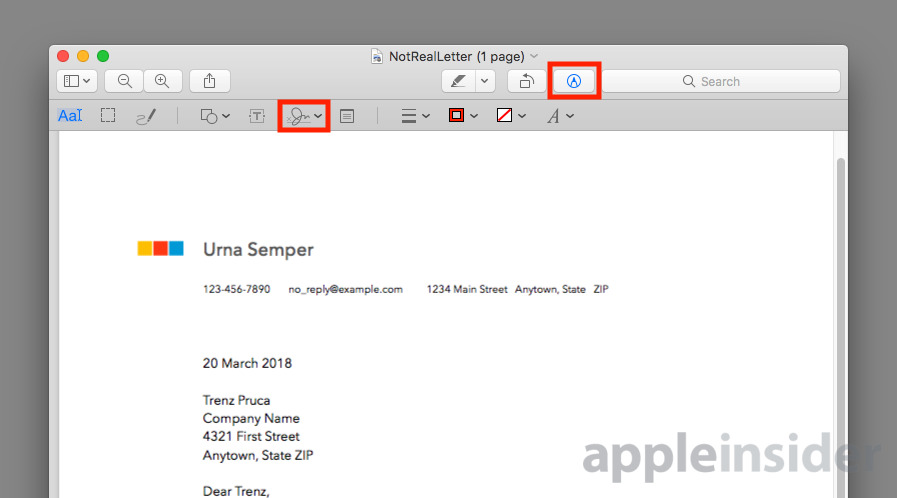
Note that Alice sent an unencrypted message. The following procedure represents a common, albeit simplified, scenario: Because most public key signature operations are computationally intensive, it is typically more efficient to sign (encrypt) a message hash than it is to sign the original message. Hash functions are typically used when signing data. Throw new Exception("The message cannot be verified.") Ī cryptographic hash function takes an arbitrarily long block of data and returns a fixed-size bit string. method as follows to verify that the message has not been altered in transit.īoolean IsAuthenticated = CryptographicEngine.VerifySignature(hmacKey, buffMsg, buffHMAC) The recipient uses the CryptographicEngine.VerifySignature() The input key must be securely shared between the sender of the HMAC and Throw new Exception("Error computing digest") If (buffHMAC.Length != objMacProv.MacLength) Verify that the HMAC length is correct for the selected algorithm HmacKey = objMacProv.CreateKey(buffKeyMaterial) īuffHMAC = CryptographicEngine.Sign(hmacKey, buffMsg) IBuffer buffKeyMaterial = CryptographicBuffer.GenerateRandom(objMacProv.MacLength) Create a key to be signed with the message. Create a buffer that contains the message to be signed.īinaryStringEncoding encoding = BinaryStringEncoding.Utf8 īuffMsg = CryptographicBuffer.ConvertStringToBinary(strMsg, encoding) String strNameUsed = objMacProv.AlgorithmName
#Mac vs signature how to
Demonstrate how to retrieve the name of the algorithm used. MacAlgorithmProvider objMacProv = MacAlgorithmProvider.OpenAlgorithm(strAlgName) Create a MacAlgorithmProvider object for the specified algorithm.
#Mac vs signature code
Create a hashed message authentication code (HMAC) String strAlgName = MacAlgorithmNames.HmacSha384 String strMsg = "This is a message to be authenticated" Sealed partial class MacAlgProviderApp : Application This example code shows how to use the MacAlgorithmProvider class to create a hashed message authentication code (HMAC). Although MACs use private keys to enable a message recipient to verify that a message has not been altered during transmission, signatures use a private/public key pair.
#Mac vs signature mac
You can use static methods on the CryptographicEngine class to perform the necessary encryption that creates the MAC value.ĭigital signatures are the public key equivalent of private key message authentication codes (MACs). You can use the MacAlgorithmProvider to enumerate the available MAC algorithms and generate a symmetric key. Eve does not have access to the private key and cannot, therefore, create a MAC value which would make the tampered message appear legitimate to Alice.Ĭreating a message authentication code ensures only that the original message was not altered and, by using a shared secret key, that the message hash was signed by someone with access to that private key. Note that Eve, a third party eavesdropping on the conversation between Bob and Alice, cannot effectively manipulate the message. If they are the same, the message was not changed in transit. She compares the generated MAC value to the MAC value sent by Bob.

#Mac vs signature windows
This article discusses how message authentication codes (MACs), hashes, and signatures can be used in Universal Windows Platform (UWP) apps to detect message tampering.


 0 kommentar(er)
0 kommentar(er)
